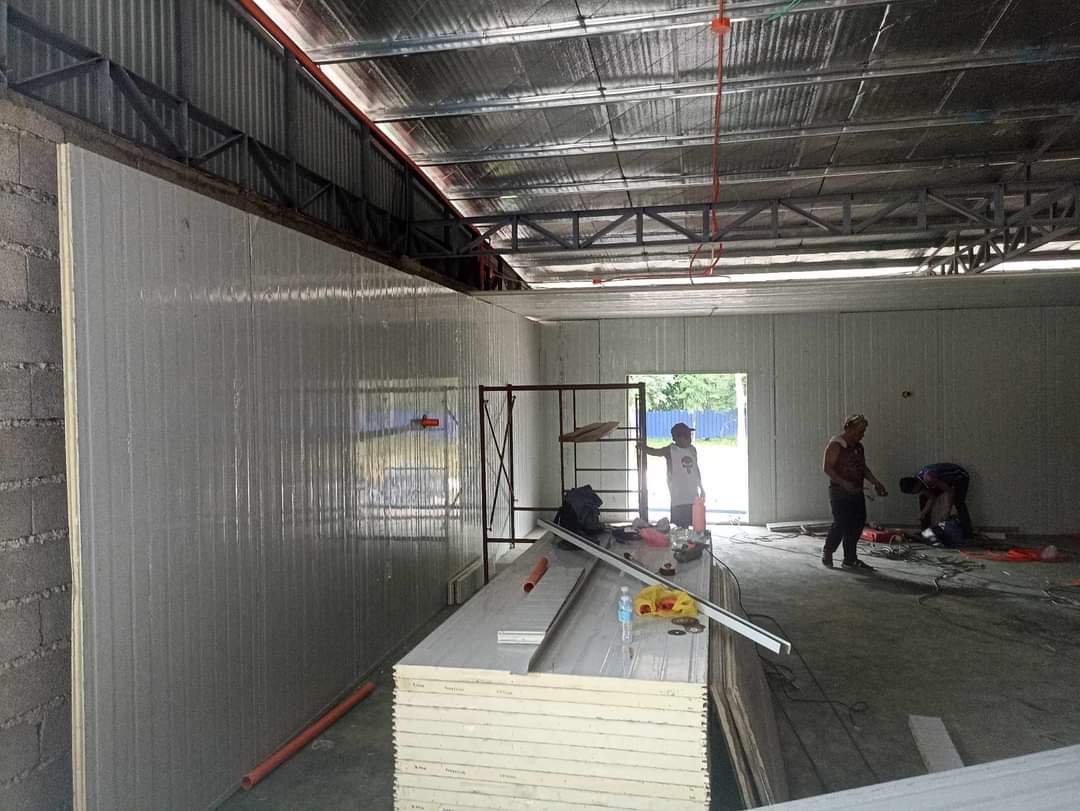How much does it cost to build a Cold Room in Kenya ?
Introduction
Building a cold room can be a substantial investment, and understanding the costs involved is crucial. In this article, we’ll delve into the details of how much it costs to build a cold room. Whether you’re a business owner in the food industry, pharmaceuticals, or a homeowner looking for extra storage, this guide will help you make informed decisions.
The Importance of a Cold Room
When you think about cold rooms, you might picture large refrigerated warehouses used by food manufacturers and distributors. However, cold rooms come in various sizes and serve diverse purposes, making them essential in different industries.
A cold room is a controlled environment designed to maintain a low temperature, typically between 0°C to 5°C, making it ideal for storing perishable goods. It helps in preserving the quality and safety of items such as fresh produce, medicines, and dairy products.
Planning Your Cold Room
Before delving into the costs, proper planning is essential. The size, location, and purpose of your cold room will greatly impact the expenses involved. Here are some crucial factors to consider:
Size Matters
The dimensions of your cold room are a significant cost factor. Larger cold rooms require more insulation, cooling units, and energy, leading to higher expenses.
Location
The location of your cold room within your facility is essential. Placing it near an external wall or entrance can reduce installation costs and improve energy efficiency.
Purpose
The intended use of your cold room will determine the necessary features and equipment, affecting the overall cost. Whether it’s for storing fresh produce, flowers, or pharmaceuticals, the requirements vary.
Construction Costs
The construction of a cold room involves several components, each contributing to the overall cost:
Insulation
Quality insulation is vital to maintain the desired temperature. Common materials include polyurethane and polystyrene. Expect to allocate a significant part of your budget to insulation.
Cooling Units
Refrigeration units are the heart of a cold room. The type and size of the unit, along with its energy efficiency, will influence costs.
Shelving and Racking
Depending on your storage needs, you may need shelving or racking systems. These can vary in price depending on materials and customization.
Flooring
Cold room flooring requires durable, anti-slip material designed for low-temperature environments. This is a necessary expense to ensure safety and functionality.
Electrical and Plumbing
The electrical and plumbing work for a cold room can add to the expenses. These systems ensure proper lighting, power, and drainage, all critical for efficient operation.
Permits and Regulations
Compliance with local regulations and permits is non-negotiable. This may include inspections and certifications, which come with their own costs.
Maintenance and Energy Costs
After your cold room is up and running, ongoing maintenance and energy costs must be considered. Regular maintenance is essential to keep the cold room functioning efficiently and prevent costly breakdowns.
Energy Efficiency
Investing in energy-efficient equipment and practices can significantly reduce long-term operational costs.
Frequently Asked Questions (FAQs)
Q: How do I determine the right size for my cold room?
A: The size of your cold room should be based on your storage needs. Consider the volume of products you’ll be storing and leave some room for future growth.
Q: What’s the expected lifespan of a cold room?
A: With proper maintenance, a well-constructed cold room can last 15-20 years or more.
Q: Can I convert an existing room into a cold room?
A: Yes, it’s possible to convert an existing room, but it may not be as energy-efficient as a purpose-built cold room.
Q: Do I need a professional installation for my cold room?
A: Yes, professional installation is recommended to ensure proper insulation, refrigeration, and compliance with regulations.
Q: Are there any government incentives for energy-efficient cold rooms?
A: In some regions, there are incentives and rebates for businesses that invest in energy-efficient cold room equipment.
Q: How can I reduce energy costs for my cold room?
A: Implement energy-efficient practices like regular maintenance, proper insulation, and temperature monitoring.
Conclusion
Building a cold room is a significant investment, but understanding the costs involved is crucial to make informed decisions. By considering factors like size, location, purpose, and ongoing maintenance, you can manage expenses and ensure the efficient operation of your cold room.
Whether you’re in the food industry, pharmaceuticals, or need extra storage at home, knowing “How much does it cost to build a Cold Room ?” will help you plan and budget effectively.





